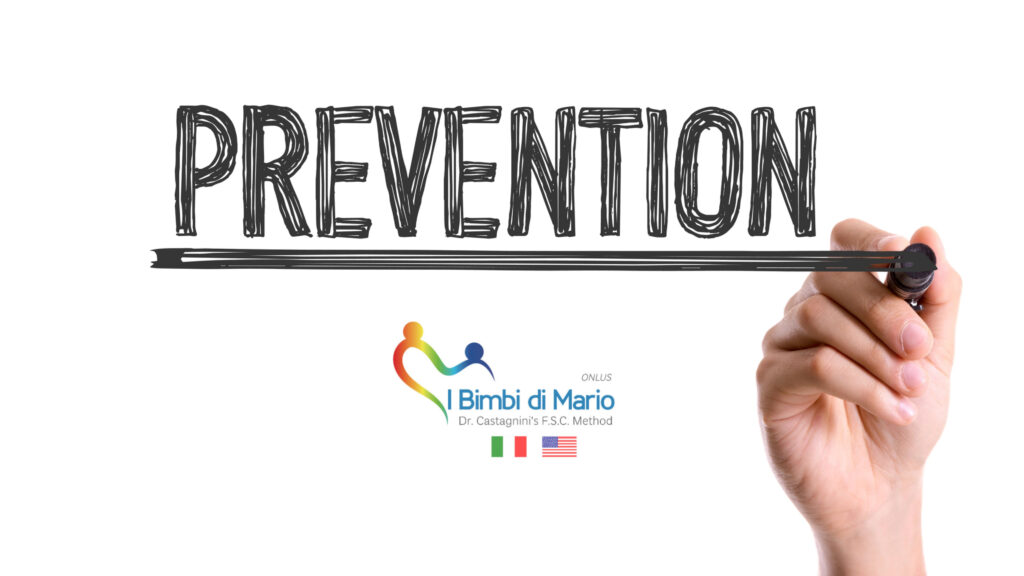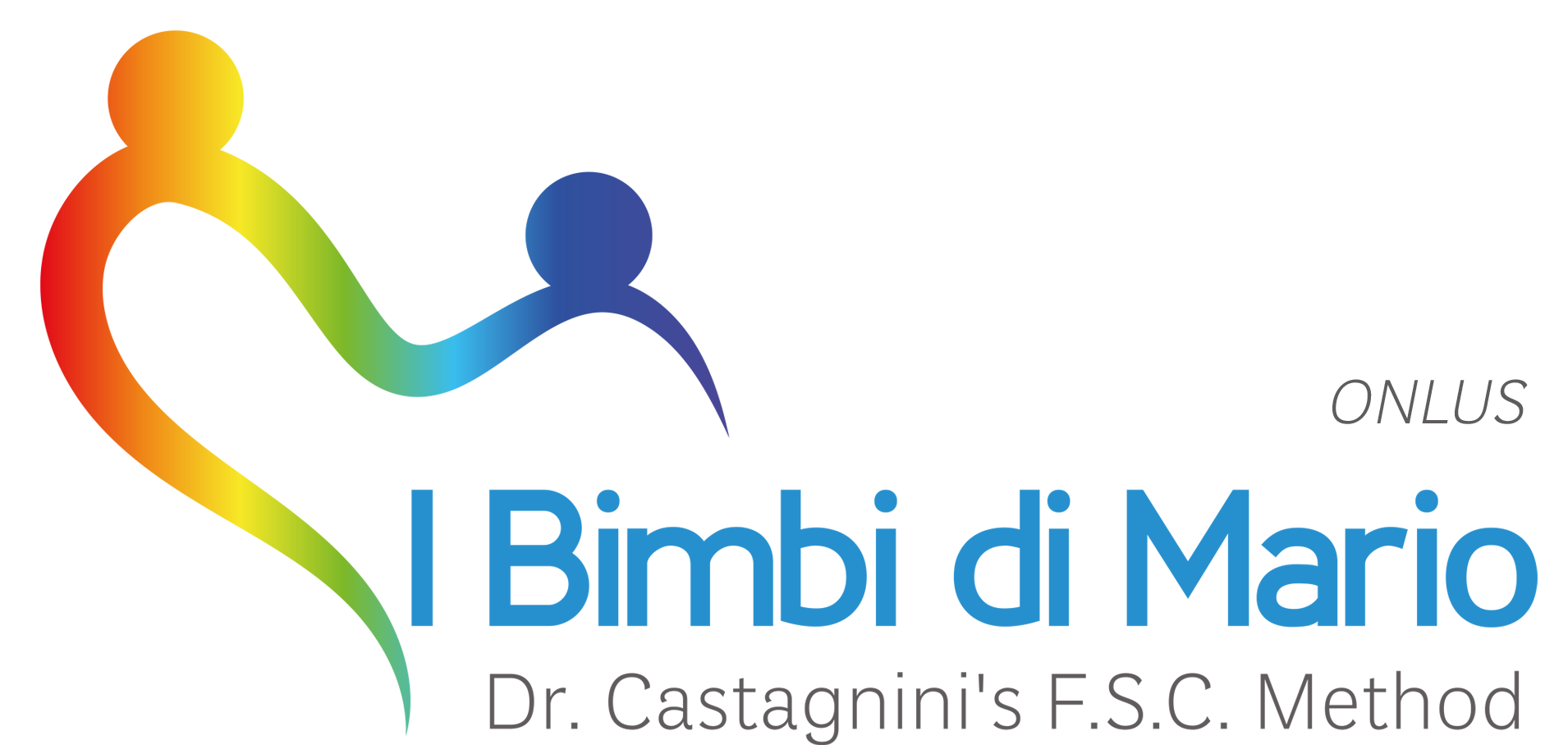A Risk is not absolute certainty, but a significant possibility of suffering damage. Identifying them can be crucial.

The following are the risk categories and warning signs that Dr. Mario Castagnini has managed to classify in 60 years of study, work and research with thousands of children around the world, demonstrating that 95% of children with neuropsychological and/or neurodevelopmental disorders, they had at least one of these situations/signs of suffering at birth:
1- Twin births
2- Preterm births – premature births A newborn is defined as preterm if they are born before having completed 37 weeks of gestation, or rather before 259 days from the date of the last menstruation.
3 –Dismature birthsA full-term newborn is defined as dismature when they are born with a low weight, less than 2,500 grams.)
4 – Dystocic partsorceps, cupping glass, cesarean section)
5 – Caesarean section
6 – Apgar index <3 at 1’ min and <7 at 5’ min. The attribution of the Apgar index score is one of the checks that obstetricians and gynecologists perform in the delivery room immediately after birth. They are based on the observation of 5 vital parameters (cardiac activity, respiratory activity, muscle tone, reflexes, complexion), which are absolutely indicative of the infant's capacity to adapt autonomously to the new life and are able to provide a first judgment of efficiency of the most important functions of their organism. Each of these five factors is assigned a score from 0 to 2, and their sum represents the Apgar index. The maximum score is, therefore, 10. The check is repeated at the first and fifth minutes of life.
7 – Infants with seizures – convulsive crisis
8 – Hyperbilirubinemia at risk - severe neonatal jaundice. Jaundice, or the yellowing of the eyes and skin, is a very frequent phenomenon in the first days of a baby's life, especially if premature. The yellow colour is given by a pigment, bilirubin, normally produced and eliminated in our organism without visible traces. In severe neonatal jaundice, there is an increased production of bilirubin and, at the same time, a reduced capacity for disposal; as a result, we will have brain damage.
9 – Hypoglycemic and hypocalcemic crises with neurological signs. These crises significantly alter the balance of cerebral functions and nerve conductivity.
10 – Births with diabetic mothers.
11 – Births with mothers having gestosis
12 – Births with dirty or slimy amniotic fluid. The danger of this situation for the child is easily understood.
13 – Babies with active infection. Newborns belonging to one or more of these categories could, therefore, have a higher risk for suffering from developmental disorders, and therefore, a diagnostic visit is recommended around the first month of life so that by the third, the problem has already been defined and the rehabilitation intervention can begin.
Warning Signs
Beyond the correct developmental stages in the first 12 months of life, there are some unusual behaviors that can indicate a lack of development of neuropsychomotor coordination and, therefore can act as warning signals:
1- Difficulty in sucking
2- Tension and crying during the napkin change and desperate crying during the baby bath
Accentuated and progressive squinting
3- Accentuated and progressive squinting
4- Frequent and unexplained cough
5- Poor attention to affective stimuli and poor psychomotor initiative
6- Seizures, convulsions
7- Doesn't sleep at night and is fussy
8- Stiffness in the limbs
9 - Always hold the head on one side

